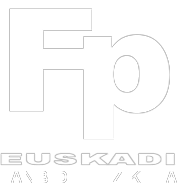Do we need a glossary?
This post is also available in the following languages: Euskara, Español
The different terminology used when talking about Vocational Education and their applied research activities could lead to misunderstanding and discussion. In the process of mapping the innovation and applied research-related activities carried out by Vocational Education providers the first step was to create a common understanding of the terms we use for defining those research-related activities. The AIRINVET glossary is a document created to share a common understanding of the terms used and aims to make understanding easier and more comparable among organisations.
For the definitions, whenever it is possible, we followed official sources. We try to follow OECD’s standards for most of the terms related to R&I, and Cedefop for the terms related to VET. When neither answers, we either look at other sources or propose a definition ourselves. The reason to use existing sources and avoid proposing definitions of our own is that, on the one hand, we know we are not inventing new words, but just exploring the potential of extending their use to VET. On the other hand, we want to be able to talk to others at the international level and not invent terms that can only be understood in the small circle of the partners of our project.
Our glossary aims at defining:
- The actors that can be involved in an innovation system: VET centres, Higher VET centres, Universities, Enterprises, SMEs, Clusters, Research organisations, etc.
- The main R&I types of activities: basic research, applied research, experimental development, production, commercialization, innovation, etc.
- The main methods for conducting research: quantitative research, qualitative research, experimental research, etc.
- The main types of activities conducted in R&I: focus group meetings, prototyping, design, questionnaires, etc.
- The main results of the activities: papers, books, prototypes, products, services, patents, etc.
The glossary is structured in two parts:
- brief historical reflection about science, applied science, technology, research, innovation, and other terms that wish to explain two things:
- Where the terms come from and why it might be worth defining them.
- The changing nature of things.
- The glossary with the definitions of the main terms of the taxonomy. The terms are displayed in alphabetical order and for each term we provide:
- Its definition.
- The source of the definition.
Now it is ready for you to consult! Access the document or the online glossary!
Image designed by Freepik




